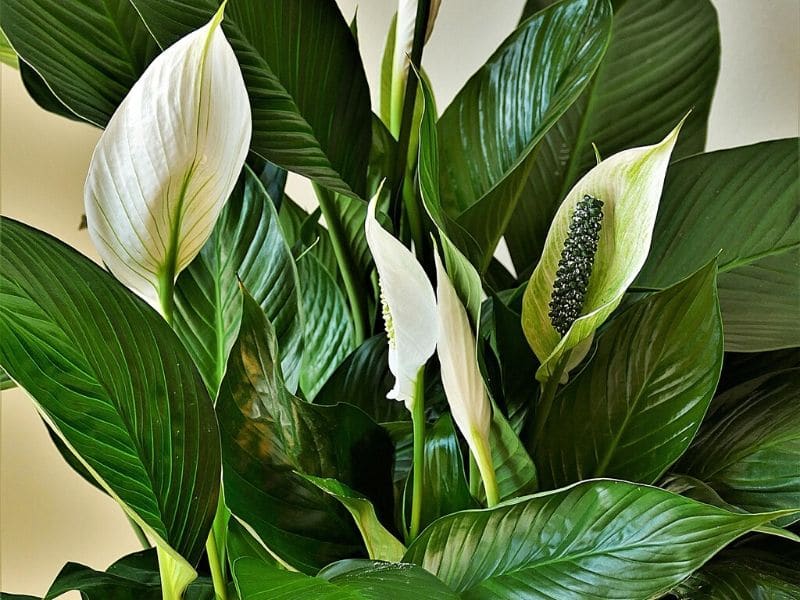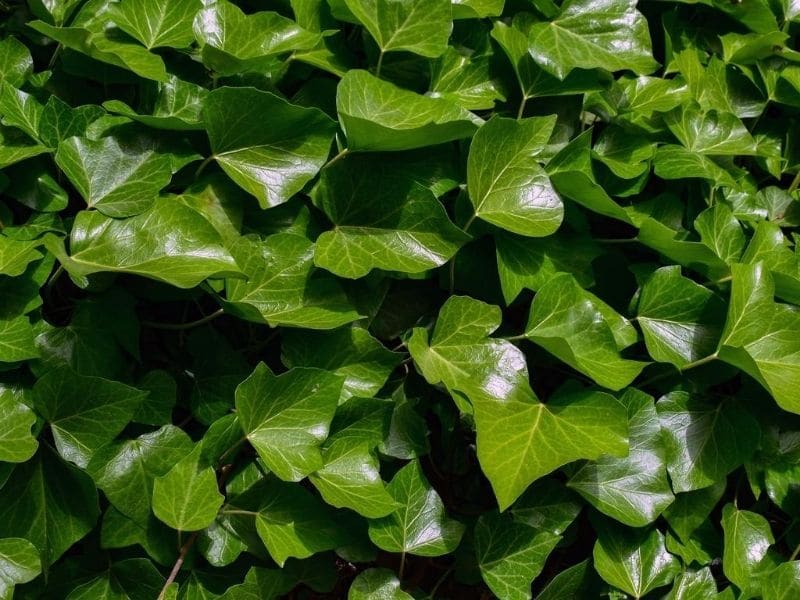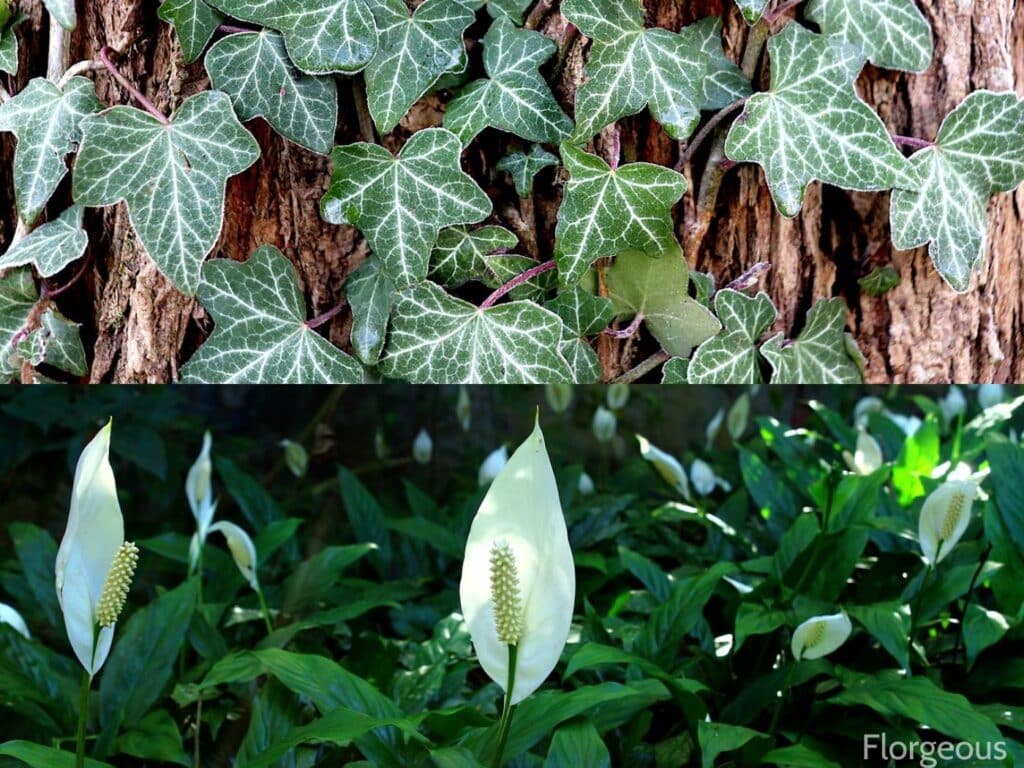Ever struggled with excessive humidity at home? You’re not alone. Many homeowners grapple with this issue, unaware of the natural solutions that lie right at their fingertips. Plants, nature’s own air purifiers, can be your secret weapon in the battle against excess moisture.
In this article, we’ll delve into the world of humidity-absorbing plants. We’ll explore how they work, their benefits, and the best types to choose for your home.
So if you’re ready to combat that sticky, damp feeling in your living space, keep reading. The green solution you’ve been searching for may well be just a few paragraphs away.
Characteristics of Plants That Absorb Humidity
Allow us to delve deeper into the traits that make certain plants excel at absorbing humidity. These nifty green allies utilize their specific adaptations and photosynthetic processes to serve this purpose.
Adaptations for Humidity Absorption
Humidity-loving plants have some fascinating features that equip them to drink in moisture from the air. For starters, they’ve got larger, often exotic-looking leaves – a prime adaptation for capturing more water vapor.
Such plants, think Peace Lilies or Boston Ferns, rely less on root absorption and more on their generous leaf surface for hydration.
Furthermore, many of these plants boast of a velvety or glossy leaf texture, helping them attract and hold onto moisture even better. This exterior leaf wax is often thicker in humidity-absorbing plants, acting as a barrier that reduces water loss.
Photosynthesis and Humidity
But, how does the process of photosynthesis factor into this ability to reduce indoor humidity? Well, it’s pretty straightforward.
Much like humans, plants breathe in oxygen and release carbon dioxide. The twist for plants is the process of transpiration, where they lose water to the air through tiny pores called stomata.
What’s especially interesting is that the higher the humidity, the slower this water loss through transpiration. So, in high humidity environments, these particular plants absorb more water than they lose – helping control excess humidity in your indoor space.
Top Plants Known for Absorbing Humidity
So, you’re eager to learn which plants are truly the champions of managing humidity in your space, are you? Let’s jump right into the green world headfirst, leafing through the top performers one by one!
Peace Lily (Spathiphyllum)

If you want a lush, leafy companion that’s also an expert humidity wrangler, look no further than the Peace Lily. Not only does it bloom beautiful flowers, but it’s also a power player in absorbing excess moisture.
Originating from Oriental rainforests, this plant thrives in high humidity, almost sponging up the surplus from your surroundings. Do remember though, it appreciates bright, indirect light.
English Ivy (Hedera Helix)

English Ivy may well just be your slice of green salvation in a damp space. It’s no secret that ivy is often found in cool, humid environments.
These plants can even up their moisture absorption game when conditions get a little, well, steamy. But Ivy isn’t needy and is found lounging comfortably under indirect sunlight.
Care Tips for Humidity-Absorbing Plants
Here are some special care instructions for plants that are pros at slurping up excess humidity. This handy guidance is focused on three main areas: watering requirements, light and temperature needs, and fertilization and pruning.
Watering Requirements
Like sponges of nature, humidity-absorbing plants can soak up excess moisture from their surroundings. But, they still require direct hydration to grow robustly. Water your humidity-loving plants as soon as the top layer of the soil becomes dry.
We’re talking surface-level dryness here, not a heart-of-the-Sahara-desert kind. But be mindful not to overwater because it can lead to root rot which is, let’s face it, about as pleasant as it sounds.
Light and Temperature Needs
These plants don’t just moonlight in the moisture-absorption game; they thrive in mild to warm temperatures too. So, keep them in a room where the temperature is between 60 and 75°F.
As for light, make sure to place these plant buddies in a spot with plenty of indirect sunlight. They’ve got this Goldilocks thing going on where they won’t do well under harsh direct sunlight, nor will they like total darkness. It’s all about finding that ‘just right’ zone.
Fertilization and Pruning
If you’re looking to earn some top-notch plant parent points, get yourself a balanced water-soluble fertilizer. Use it during the growing season (spring to early fall) for that extra boost of nutrients.
As for pruning, it’s about as meticulous as a toddler’s haircut —trim off brown or yellow leaves to maintain a healthy, vibrant appearance. Just remember to be gentle; after all, a little care indeed goes a long way.
Ideal Locations for Your Humidity-Absorbing Plants
Placing your humidity-loving flora in just the right spot can make all the difference. Let’s talk about the best home locales for these green air cleaners.
Bathrooms
Your bathroom sets the perfect stage for these moisture-absorbing plants. Humidity levels naturally rise during hot showers, creating a tropical-like environment your plants will love.
Position them near a window, if possible, to ensure they also get their needed sunlight. However, avoid areas that directly hit by draughts or extreme temperature fluctuations.
Related: 4 Bathroom Plants That Absorb Moisture: Care Tips and Common Mistakes to Avoid
Kitchens
Culinary theatrics from boiling pots and simmering pans also increase kitchen humidity, providing an ideal site for your humidity-loving plants. Keep them away from scorching stovetops and ovens to protect their delicate leaves. A kitchen windowsill is a pretty choice, given it’s not too sunny or breezy.
Bedrooms
Surprised? Your bedroom can also host these plants. While it’s not as damp as bathrooms or kitchens, it can benefit from a touch of fresh air.
Locate your plants near a window for some early morning sunlight and ensure the room temperature doesn’t drop drastically at nighttime. A bedroom corner, a shelf, or your bedside table are sweet spots for these green buddies.
Additional Benefits of Plants That Absorb Humidity
Apart from absorbing excess moisture, plants that absorb humidity pack a punch of other perks. Let’s delve into some of them:
Air Purification
Humidity-absorbing plants are natural air purifiers. They filter out toxins present in the air, improving the overall air quality. For example, English Ivy eliminates toxins like benzene, formaldehyde, and trichloroethylene from your surroundings. Breathing cleaner air can improve your respiratory health and limit your exposure to harmful pollutants.
Aesthetic Value
Adding greenery to your space isn’t just beneficial for reducing humidity, it’s also an easy, versatile way to enhance your home décor.
From a pretty Peace Lily in your bathroom to a thriving English Ivy in your lounge, these humidity-loving plants add a touch of nature and charm wherever they grow. The aesthetic appeal of these plants can transform your living space, bringing elements of the outdoors in.
Psychological Benefits
Did you know that having plants around can make you happier? That’s right! Research has shown that being close to nature, even indoor plants, can elevate mood, alleviate stress, boost creativity, and promote relaxation.
The simple act of caring for humidity-absorbing plants can enhance your sense of wellbeing, offering a peaceful respite in our fast-paced world. So next time you’re feeling a bit down, remember that your little green friends are there to lift your spirits up!
And there you have it, the ‘extra’ in extraordinary when it comes to plants that absorb humidity. These natural humidity controllers offer an array of benefits, making them an essential addition to any home or workspace.
Up next:







